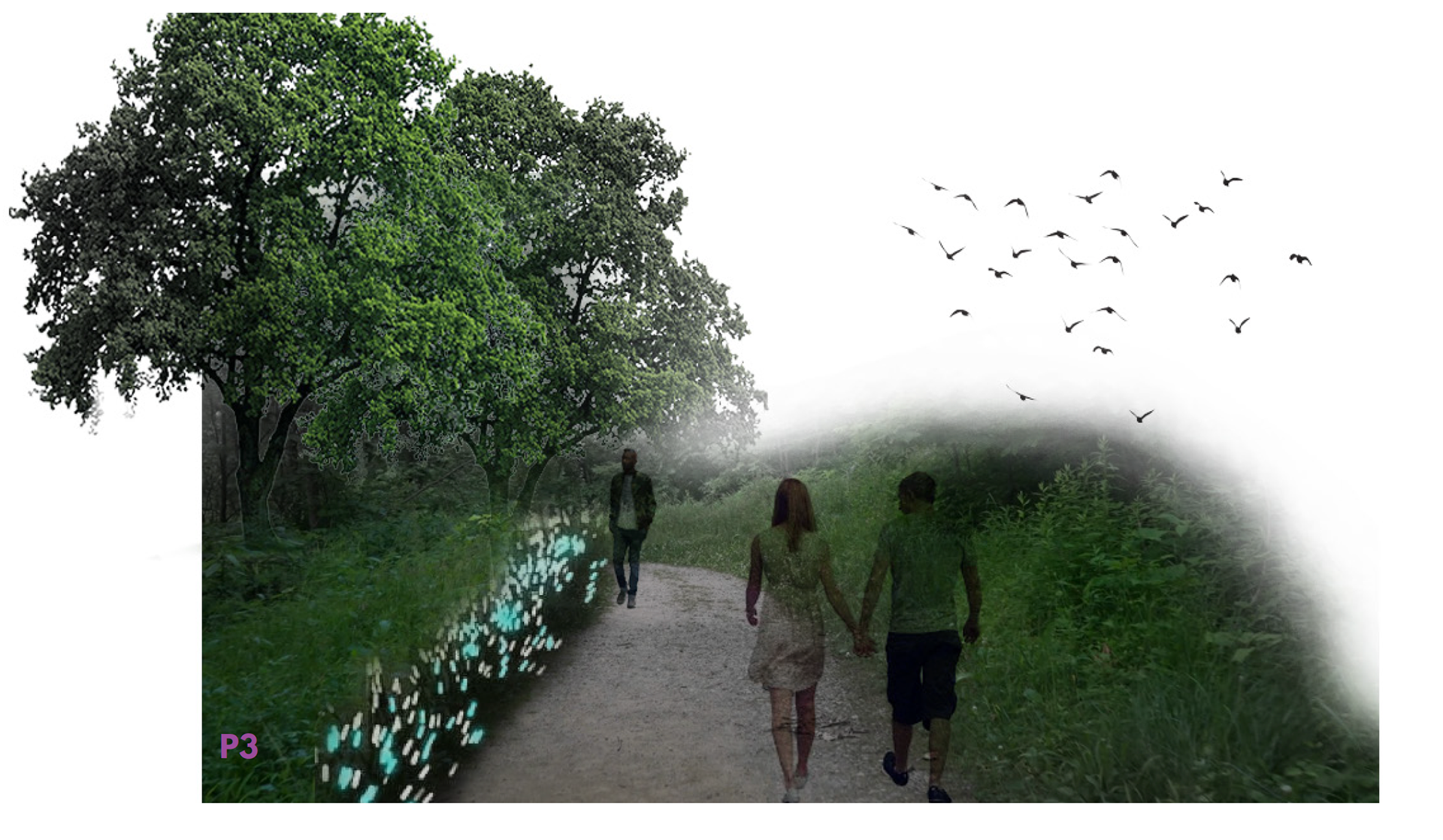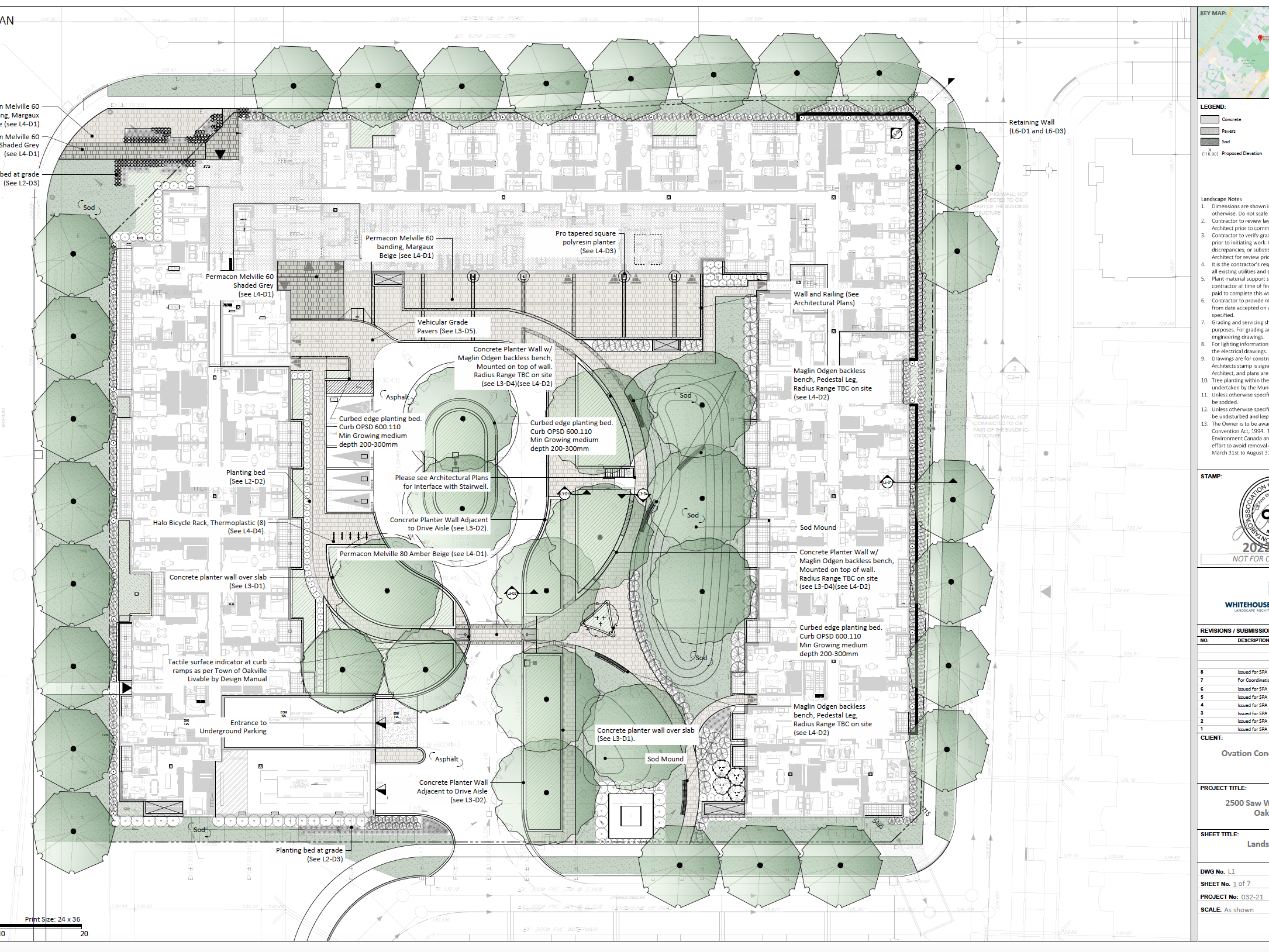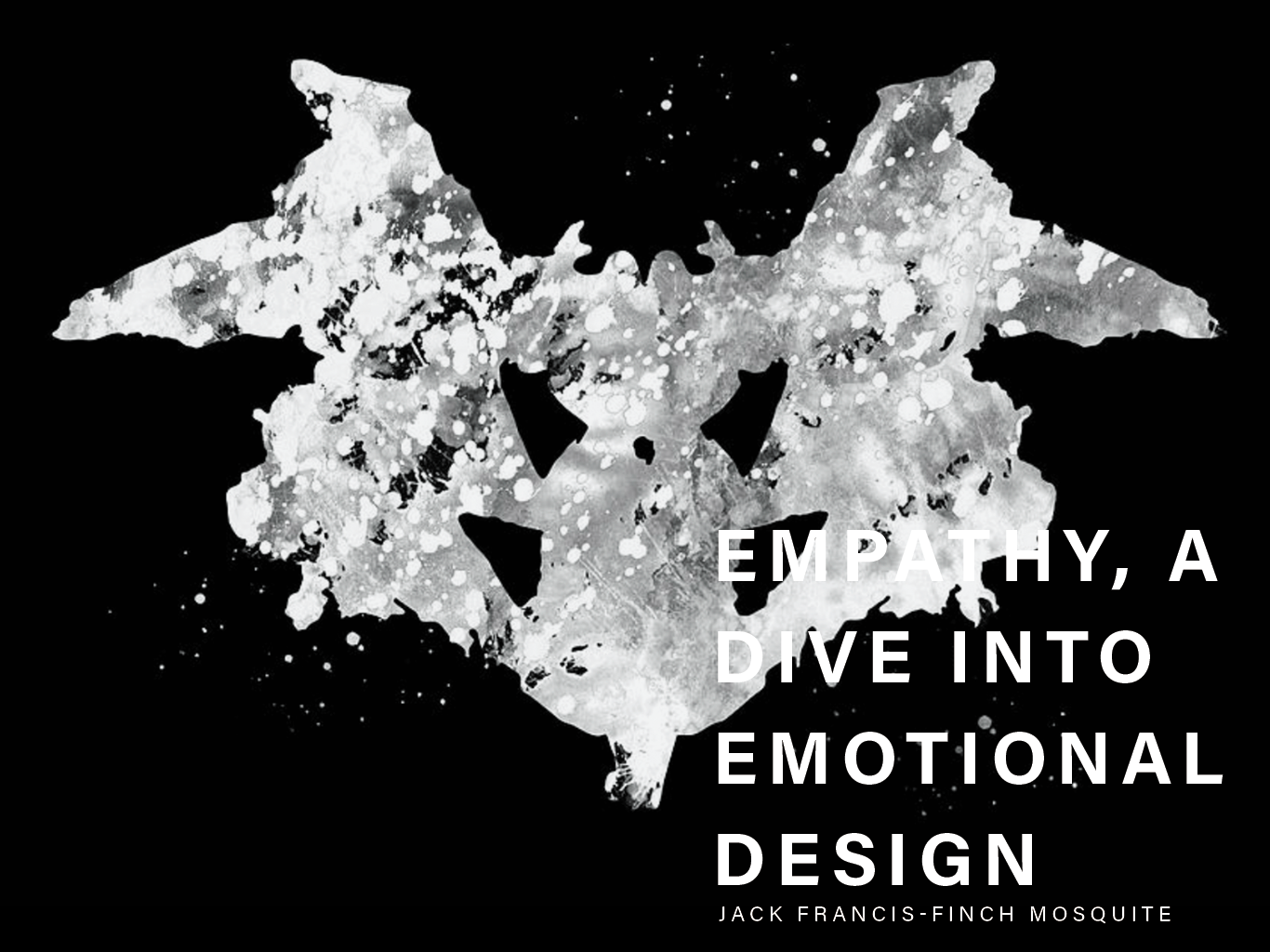PROJECT OVERVIEW
Project Type: Academic Third Year 2018
Timeline: 3 Weeks
Role: Designer and analysis
Tools: Traditional Research Methods, Microsoft Word, Adobe InDesign, Adobe Illustrator, Adobe Photoshop, Sketch-Up
Tempus Gardens is a proposed project that aims to celebrate the rich history of Guelph while incorporating cutting-edge technology and sustainable design principles. The project showcases Guelph's past, present, and future through interactive displays, exhibits, and installations.
The proposed design focuses on maintaining and restoring the traditional facade of the building while converting it into an art museum/gallery that generates revenue by celebrating Guelph's heritage and technological innovations. The museum's exhibits and installations will be designed to engage visitors with the site's history while providing them with a unique and immersive experience combining art, technology, and nature.
To achieve ecological sustainability, the project proposes the implementation of an ecosystem of wetlands, grasslands, and a forested woodlot area. The design aims to maintain the diversity within the site while creating habitats for existing species found on the site.
The project also integrates innovative technology that fosters a stronger connection between visitors and the natural environment. The proposed installation of poles designed by Aviary Howeler allows visitors to interact with the surrounding bird species through touch and sound. Additionally, an iterative interactive installation created in collaboration with Studio Roosegaarde uses microphones and sensors to respond and move from noise and touch, connecting humans with the landscape.
Furthermore, the proposed design includes a moist mixed coniferous/deciduous woodland vegetation species that aligns with the existing landscape vegetation to enhance the site's natural beauty and ecological diversity. Through carefully designed diagrams, the growth of this vegetation over the next 15 years highlights its ability to integrate seamlessly with the existing landscape while providing an added layer of depth and complexity to the site's overall ecology.
Overall, the Guelph History and Technology Museum project is a comprehensive and innovative design that celebrates the rich history of Guelph while incorporating sustainable design principles and cutting-edge technology. It creates a harmonious relationship between nature and society, promoting ecological sustainability and fostering a strong connection between visitors and the natural environment.



Dune 4.2
A standout feature of the proposed design is an iterative interactive installation created in collaboration with Studio Roosegaarde. This installation features a simple yet elegant branch composed of thin, flexible straight black tubes, scaled to resemble a tall grass or reed, culminating in an encased LED light. This technology has also been equipped with microphones and sensors, allowing it to respond and move in response to noise and touch. The result is a truly immersive experience that creates a feeling and fosters a deep connection between visitors and the surrounding landscape. By using this technology, visitors can engage with the natural environment uniquely and unforgettably, experiencing the site’s beauty in an entirely new light.
Aviary
Given the presence of various bird species on the site, I saw an opportunity to introduce a technology that provides an educational feature and fosters a stronger connection between visitors and the natural environment. To achieve this, I propose the installation of poles designed by Aviary Howeler, which require a direct relationship between the user. These poles have various touch points, each producing a unique sound and light effect. For example, a gentle touch on the rod will result in a small light, while a touch and hold will trigger music. For a more interactive experience, visitors can touch, hold, and push up on the pole to create a bird-calling noise, which generates an engaging interaction between nature and society. By incorporating this innovative technology, visitors will be able to appreciate the beauty of the bird species on the site while also enjoying a unique and immersive experience.
Vegetation Growth Plan
In line with the existing landscape vegetation, I have proposed including a moist mixed coniferous/deciduous woodland vegetation species to enhance the site's natural beauty and ecological diversity. This particular species is ideal for the area due to its ability to thrive in various moisture conditions, from moderately wet to well-drained soils, and its ability to coexist with coniferous and deciduous tree species. By introducing this vegetation, the site's ecosystem will maintain a delicate balance between various plant and animal species, ultimately fostering a healthy and thriving natural environment. Through my carefully designed diagrams, I have projected the growth of this vegetation over the next 15 years, highlighting its ability to integrate seamlessly with the existing landscape while providing an added layer of depth and complexity to the site's overall ecology.



